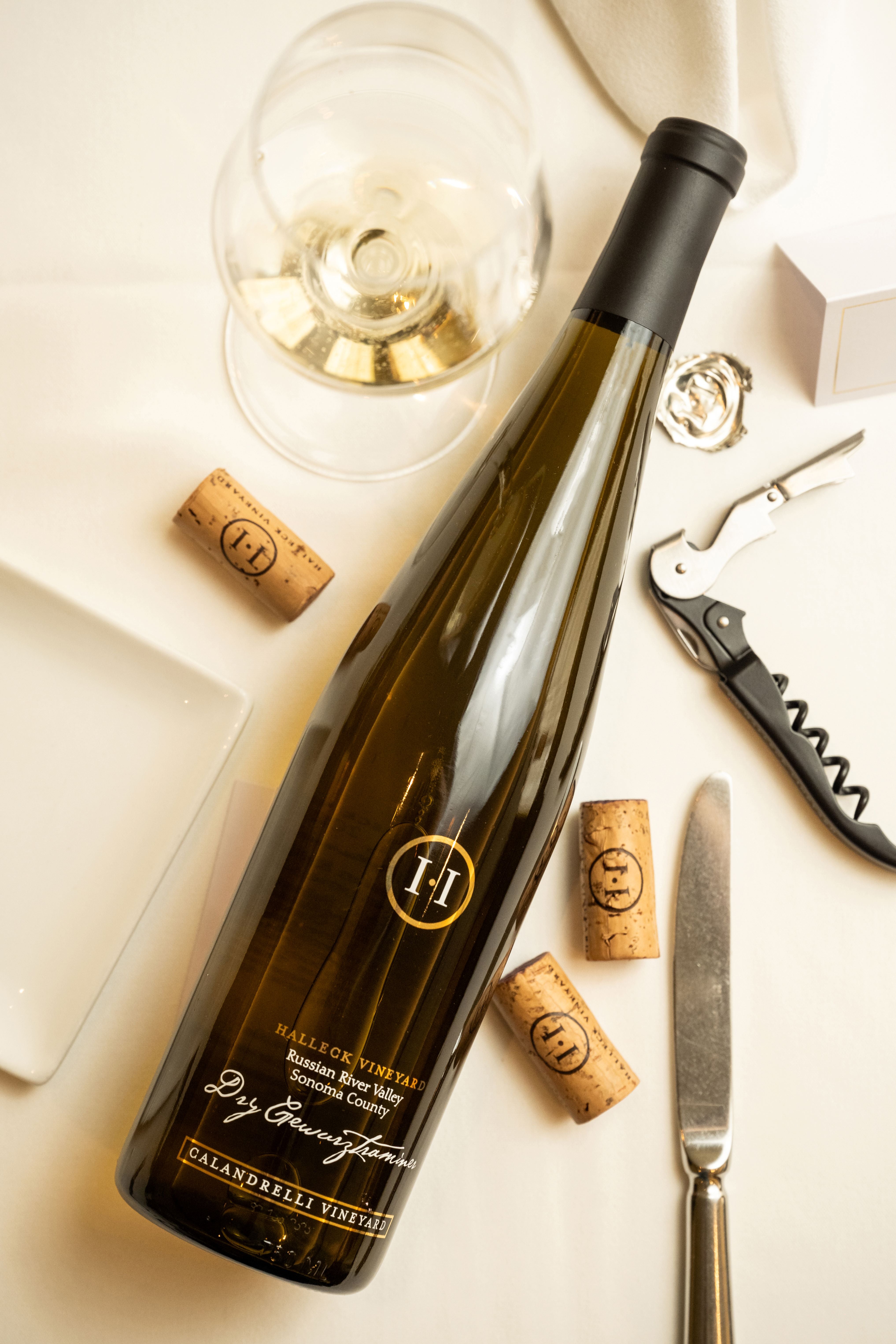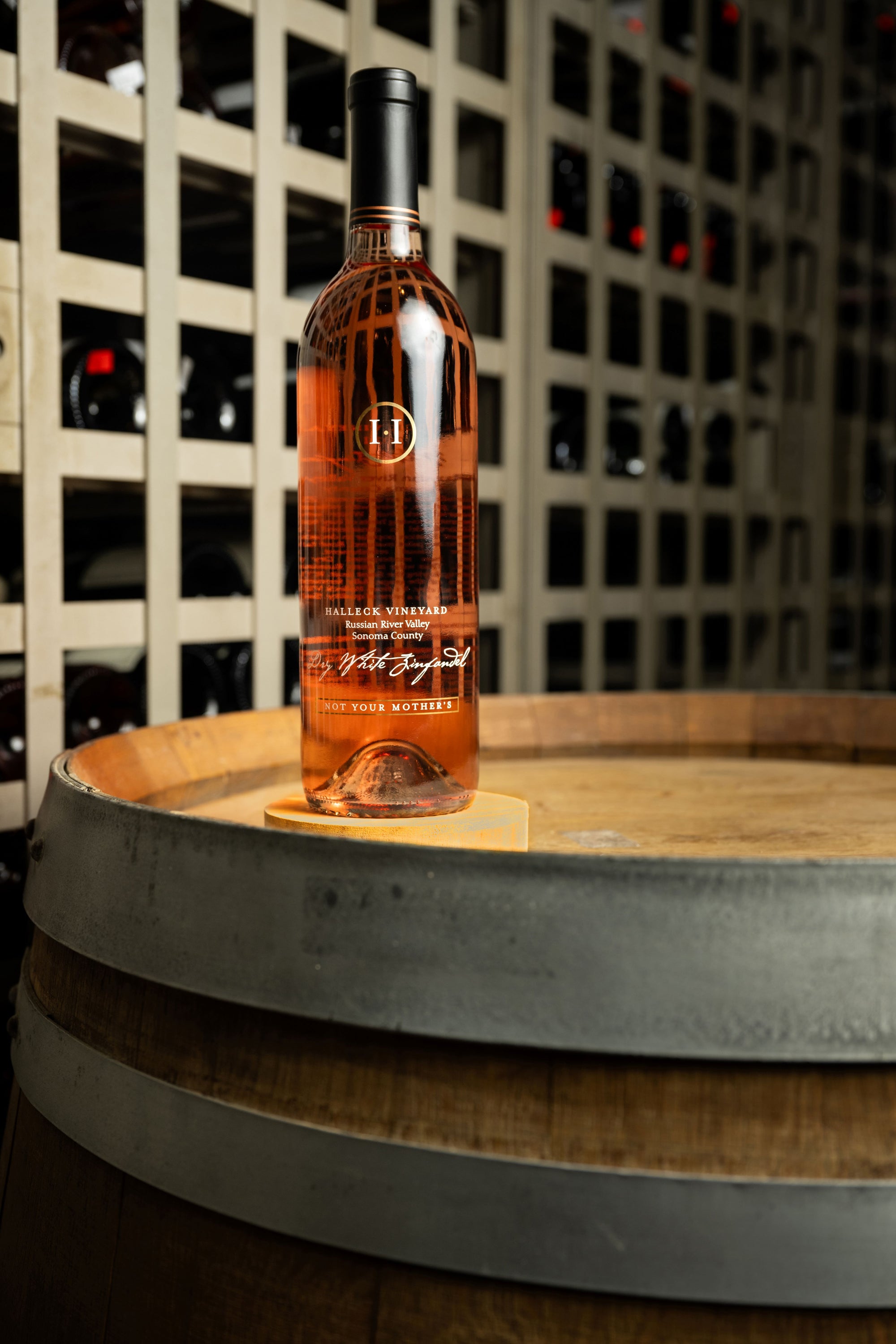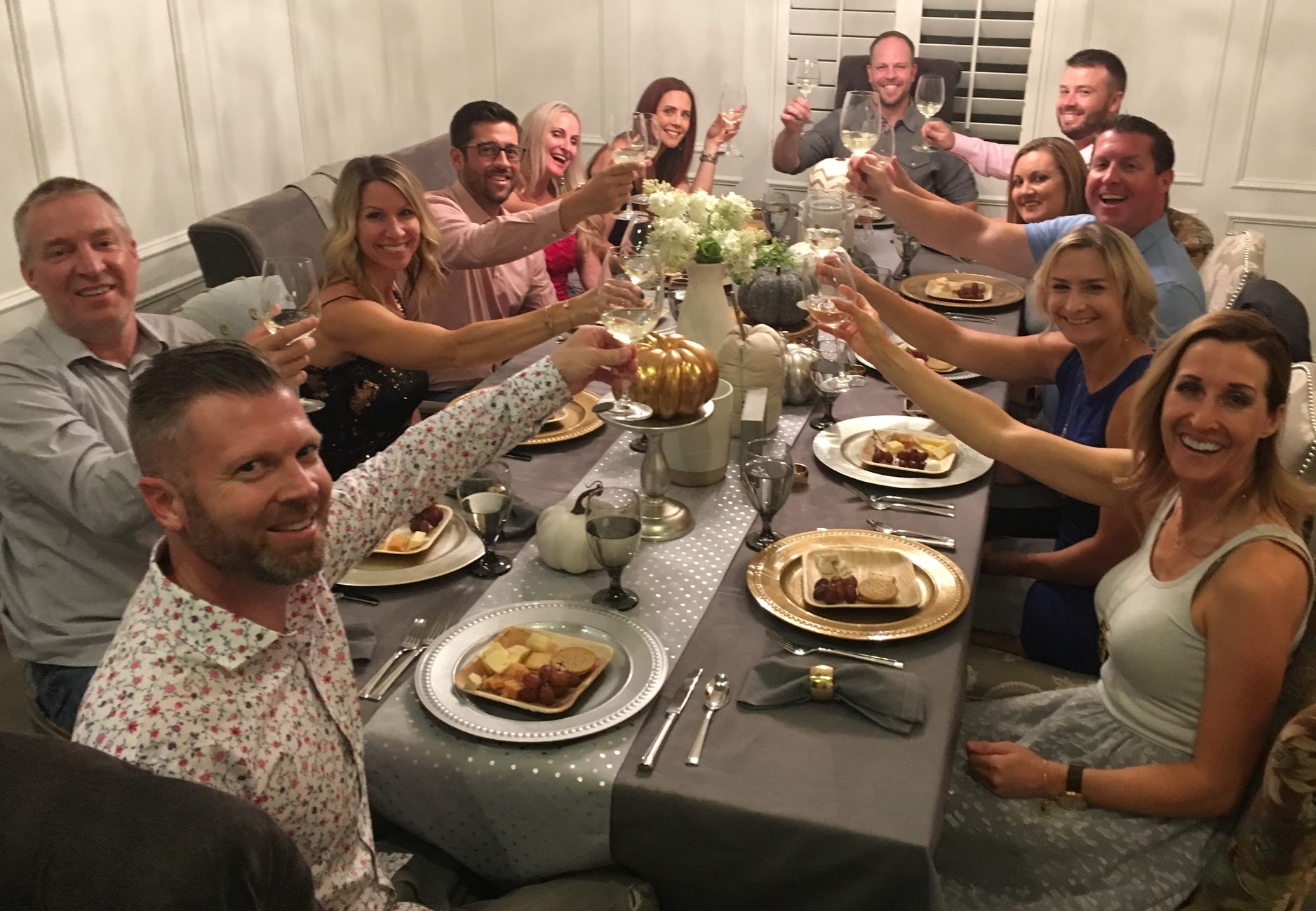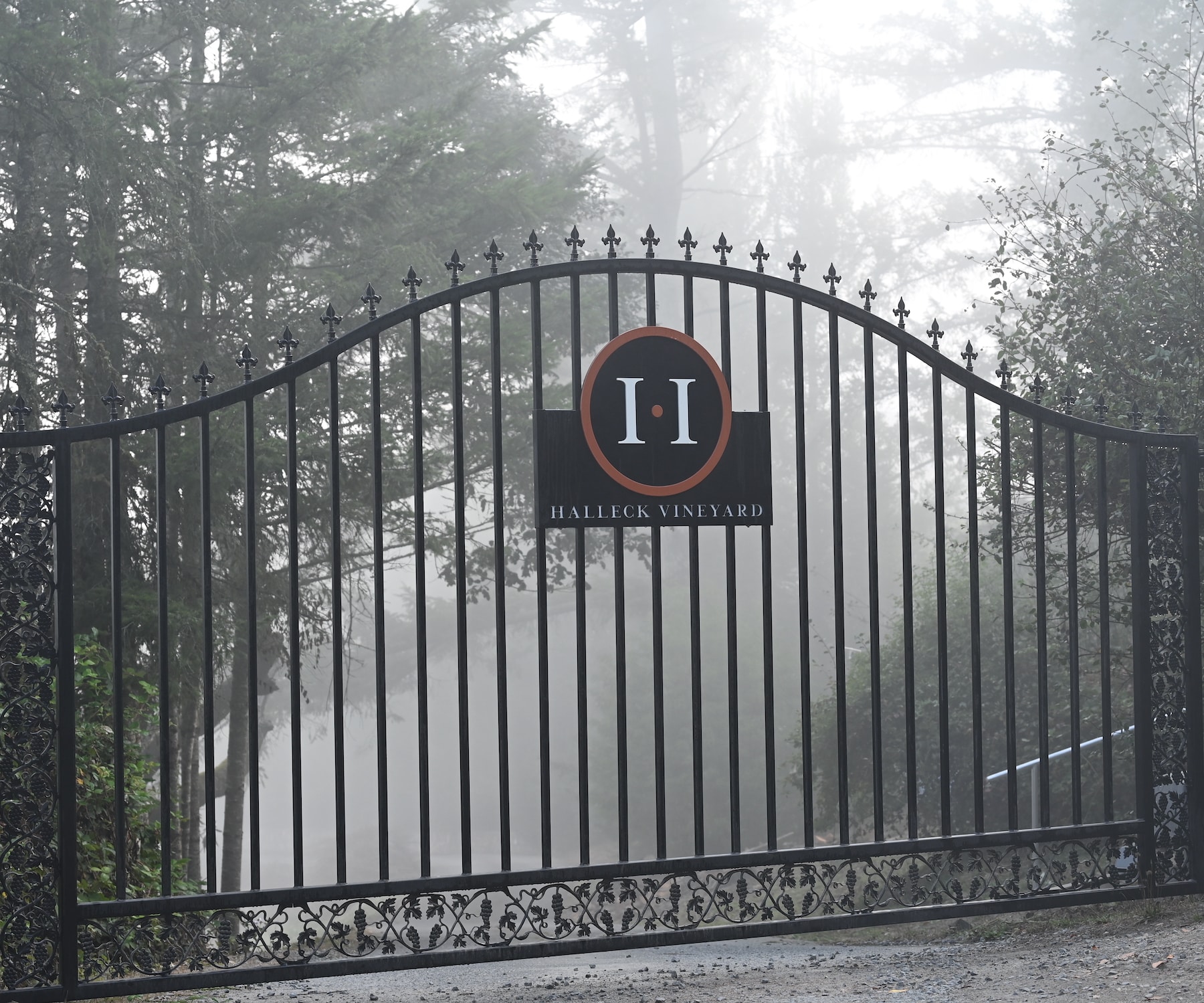Wineries That Offer Dog Friendly Areas - Wineries To Explore In Sonoma Valley
Wineries That Offer Food Trucks On Weekends - Wineries Near Sebastopol For Tasting
Wine tasting is an art that mixes sensory experience with an appreciation for the nuances of various varietals. How to gauge flavors in winery wine tasting periods is pivotal to grasping the complexities of wine.
Engaging in a wine tasting includes greater than merely sipping and savoring. It requires a centered approach to establish aromas and flavors that each wine presents. As you begin, observe the wine's look, noting its colour and clarity. These visual cues often suggest a wine’s age, grape selection, and even potential flavor profiles.
The subsequent step within the tasting course of is to swirl the wine in your glass. This action releases aromatic compounds which are vital for evaluation. Lean in and take a second to inhale deeply; the aromas can vary from floral and fruity to spicy and earthy. The nostril of the wine is simply as essential as the palate, and recognizing scents plays a major function in understanding the general experience.
When taking your first sip, allow the wine to maneuver throughout your palate - Wineries Promoting Sustainable Farming. Notice the preliminary flavors that current themselves. Is the wine fruity, floral, or perhaps herbaceous? This initial style provides insight into what the wine is more likely to specific as you proceed to evaluate it. The mouthfeel also contributes to the general flavor experience; it could be silky, tannic, or even effervescent.
Wineries Pairing Wine With Chocolate - Discover Sebastopol's Wine Scene
As you proceed tasting, take note of the wine’s stability. A well-balanced wine will harmonize acidity, sweetness, and tannins. If one element overwhelms the others, it'd indicate a less fascinating quality. Evaluating stability might help you determine how well the wine might pair with food.
Transitioning to the end, contemplate how the flavors evolve because the wine lingers in your palate. A lengthy, pleasant finish can point out a high-quality wine, whereas a short or abrupt finish would possibly suggest in any other case. Replicate on whether the flavors remain consistent or if new notes emerge because the wine settles. This development can reveal complexities and intricacies which may not have been apparent within the initial tasting.
Temperature is also a crucial consider evaluating wine flavors. Totally Different kinds of wine are optimally enjoyed at particular temperatures. White wines often shine when chilled, whereas pink wines typically carry out finest at room temperature. When tasting, ensure the wine is at the appropriate temperature to totally appreciate its character.
Wine Tasting Tours In Russian River Valley - Best Wine Tasting Spots In Sonoma County
Pairing food with wine can significantly improve the tasting experience. Meals can influence the perception of flavors in wine, both highlighting sure traits or diminishing them. When evaluating flavors, think about how the wine interacts with completely different meals, noticing which flavors are amplified or muted (Celebrated Winemakers To Discover In Sonoma).

Consider the affect of terroir as you engage in a winery tasting. Terroir encompasses the distinctive environmental factors that have an result on grape growing, together with soil composition, climate, and geography. Understanding a wine's terroir can present insight into its flavors and aromas, fostering a deeper appreciation for the alternatives made throughout its cultivation and production.
Training plays a basic role in enhancing one's capacity to evaluate wine flavors. Studying about grape varieties, wine areas, and production strategies can pave the way for extra informed judgments during tastings. Moreover, attending workshops or classes can refine sensory skills and expand your flavor vocabulary, enabling you to articulate tasting notes more successfully.

Lastly, it's important to remember that evaluating wine flavors is a extremely personal experience. Particular Person preferences and perceptions will invariably form one’s tasting journey. Enjoyment should be at the forefront, with the analysis course of performing as a device to boost understanding and appreciation rather than create rigid tips.
Wineries Hosting Seasonal Events - Sonoma Wineries With Vineyard Views
In conclusion, mastering how to consider flavors in winery wine tasting sessions involves a combination of sensory engagement, information, and practice. By studying to establish aromas, assess the balance, and appreciate the intricacies of flavor, wine enthusiasts can deepen their connection to each bottle they encounter. As with any art kind, the extra one immerses themselves in the experience, the extra they will discover and benefit from the huge world of wine.
- Begin by observing the wine's color and clarity, as these visual parts can trace at its flavor profile and growing older potential.
- Swirl the wine gently in your glass; this releases fragrant compounds, permitting you to higher establish the advanced scents associated with the wine.
- Take a deep inhale before tasting, specializing in each primary and secondary aromas to gather insights on fruits, spices, and other nuances.
- When tasting, enable the wine to coat your palate; note the initial flavors, the mid-palate complexity, and the end as these stages can provide totally different flavor highlights.
- Pay attention to texture and mouthfeel, as elements similar to tannin ranges, acidity, and sweetness contribute considerably to the general tasting experience.
- Examine flavors towards normal wine characteristics; for purple wines, consider berry notes, oak influence, and herbal tones, whereas whites could embrace citrus, stone fruits, and floral hints.
- Take notes through the tasting session to track your impressions, helping you to remember and evaluate the totally different wines sampled.
- Discuss your findings with fellow tasters or winery staff, as sharing insights can improve understanding and appreciation of particular person flavors.
- Permit time for the wine to breathe; typically, flavors evolve and reveal new dimensions after being exposed to air.
- Experiment with food pairings during the tasting as they'll dramatically alter how flavors are perceived, influencing general enjoyment.undefinedWhat should I look for when evaluating the aroma of wine throughout a tasting?
Begin by swirling the wine in your glass to release its aromas. Bring the glass to your nostril and take a deep breath. Pay consideration to the first scents you detect, as these are sometimes essentially the most outstanding. Look for fruit, floral, herbal, or earthy notes and attempt to determine particular traits, which can deepen your understanding of the wine's complexity.
Wineries With Outdoor Seating - Exploring The Vineyards In Sonoma County

How can I distinguish between completely different flavor profiles in wine?
Understand that flavor profiles are often categorized as fruit, floral, herbaceous, spicy, or mineral. Take small sips and allow the wine to coat your palate. Discover the primary flavors that emerge first and the refined notes that comply with. This layering is essential in distinguishing the wine's traits and will allow you to appreciate its distinctive profile.
Rustic Family-Owned Wineries In Sebastopol - Sonoma's Premier Wine Tasting Events
What Clicking Here is the importance of the wine's texture in a tasting?

The texture of the wine, also called mouthfeel, performs an important function in how we perceive flavors. Pay consideration to whether the wine feels clean, creamy, or gritty. The physique of the wine (light, medium, or full) can enhance or distinction with flavors, providing a more rounded experience throughout tasting.
How do I assess the balance of flavors in wine?
Stability in wine refers to the harmony between acidity, sweetness, tannin, and alcohol. Take a second to evaluate whether these elements complement or intervene with one another. A well-balanced wine will have none of its elements overpowering the others, creating a pleasant tasting experience.
Wineries Producing Pinot Noir And Chardonnay - Vineyard Tasting Events In Sonoma County
What position does temperature play in evaluating wine flavors?
Temperature can significantly impression the notion of flavors. Usually, red wines are best served barely beneath room temperature, whereas white wines get pleasure from being chilled. As the temperature changes, the aromas and flavors can shift, permitting you to understand completely different traits. It’s important to style wine at its optimal temperature for true analysis.
Remarkable Craft Wineries In Sebastopol - Best Wineries In Sonoma For A Wine Experience
How can I improve my tasting skills over time?
Practice is vital to improving your tasting skills. Wineries That Offer Dog Friendly Areas. Attend tastings, keep a journal of your experiences, and discover different types of wines to broaden your palate. Additionally, studying about wine manufacturing and grape varieties can provide context that enhances your analysis course of, making you a more knowledgeable taster.
Is there a particular order by which I ought to style the wines?
Wineries With Breathtaking Gardens In Sonoma - Wine Tasting Activities In Sebastopol
Sure, it’s advisable to taste wines from light to full-bodied and dry to sweet. This development prevents the stronger flavors from overshadowing the more delicate ones, allowing you to totally appreciate every wine's characteristics and nuances without palate fatigue.
How can I evaluate the aftertaste of wine?
Wineries Perfect For A Relaxing Afternoon - Sonoma Wine Country Wineries To Explore
The aftertaste, or end, is a crucial side of the wine-tasting experience. After swallowing, take note of how lengthy the flavors linger in your palate and whether or not they change. A lengthy, nice end is usually an indicator of a high-quality wine, whereas a short or unpleasant finish may suggest otherwise.
Why is it important to notice the wine’s acidity throughout tasting?
Acidity contributes to the general freshness and structure of the wine. Pay consideration to the tingling sensation in your tongue; greater acidity can enhance the wine's liveliness and steadiness out sweetness. Noting acidity helps determine the wine's versatility with food and its aging potential.
What should I do if I battle to establish particular flavors in wine?
Wineries Promoting Wine Club Memberships - Finding Good Wineries For Wine Tasting
Struggling to establish flavors is frequent, particularly for novices. Focus on broader classes and describe what check that you'll be able to recognize, such as sweet or earthy notes. With practice, reading about totally different flavor profiles, and perhaps using flavor wheels, you will refine your senses and develop a more nuanced strategy to tasting.